- What is Rewilding?
- What would a rewilded Britain look like?
- Fears and misconceptions of rewilding in Britain
- The benefits of Rewilding in Britain
- Success stories in Britain
- Mossy Earth’s rewilding projects in Britain
- Unsuccessful rewilding projects in the UK
- As an individual, how can I get involved in rewilding Britain?
- Rewilding in Britain, the future
- Glossary of terms
Rewilding has become a popular term in Britain, although not all conservation organizations are using it. It’s politically controversial and often misunderstood. Nevertheless, much of the landscape-scale restoration work underway looks a lot like rewilding, even if it’s not referred to as such. Here we discuss what rewilding in Britain means, the misconceptions and the benefits.
What is Rewilding?
Rewilding basically means returning the landscape to a wilder state, not necessarily to a pristine state of wilderness. This usually means that natural ecosystems are able to once again shape the landscape in the absence of human intervention. These processes could be predation, grazing, regeneration, decomposition and more. In severely altered landscapes, as in Britain, significant intervention might be needed to kick things off, whether that’s planting or fencing out herbivores, but the idea is to one day step back and let nature take care of itself for a healthier, more resilient natural world.
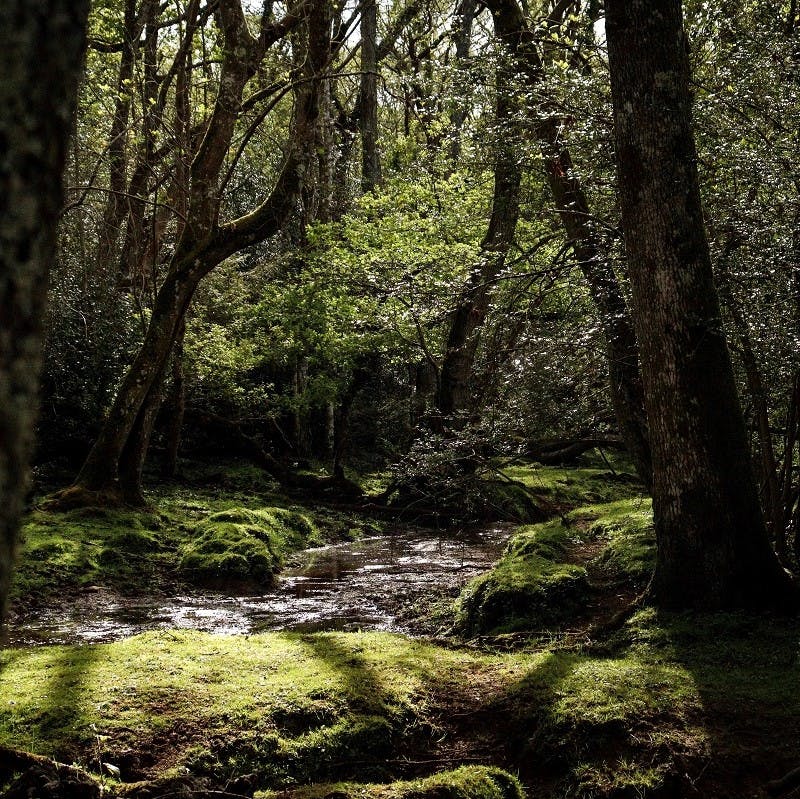
What would a rewilded Britain look like?
Like much of Europe, Britain’s landscapes have been drastically changed, denuded and degraded. Large swathes of native forest have been cleared for agriculture and timber, large carnivores have been wiped out, ocean fish populations depleted, and rivers and streams rerouted. We, therefore, have an idea where we’ve gone wrong, and how to undo some of that damage, but it’s not really about restoring nature with a fixed set of goals in mind or towards a specific snapshot of the past. Instead, a rewilded Britain will be one where natural processes are working to recreate woodlands in some areas and peatlands and meadows in others. Further up the scale of wilderness, it might one day mean carnivores are once again controlling herbivores and mesopredators, enabling woodland regeneration and providing habitat for a rich diversity of woodland wildlife.
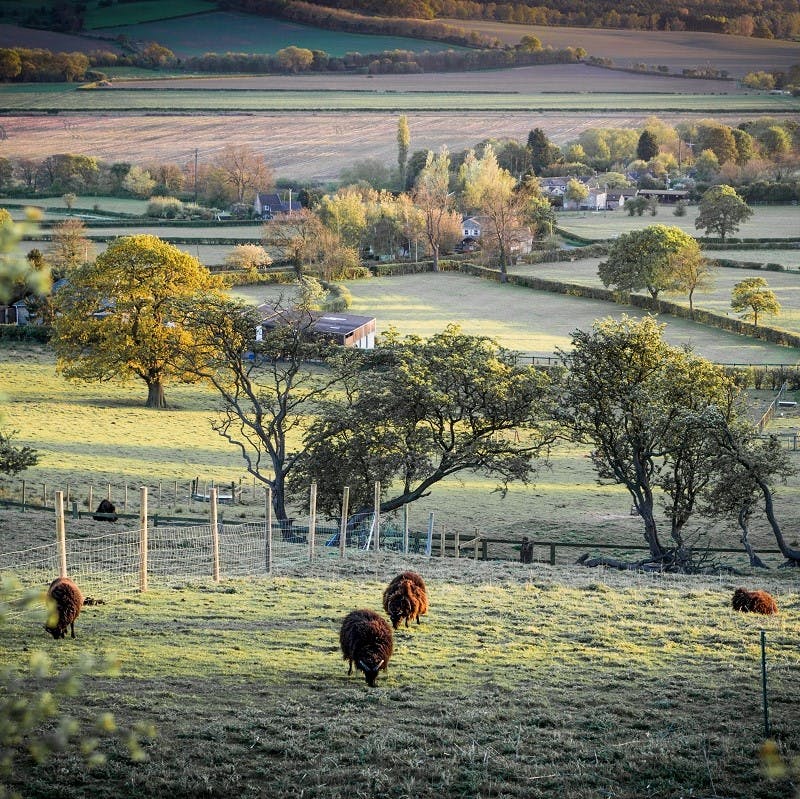
Fears and misconceptions of rewilding in Britain
It can be easy to see these initiatives as being damaging, scary and not good for people's livelihoods, but something we must understand is that there is a reason why conservationists, scientists and so much of the public are calling out for these projects. For centuries native wildlife have been persecuted, take the Eurasian Lynx. The plan for its reintroduction has been overshadowed by claims that it will hunt sheep and be a menace to the human population, when, in reality, lynx don’t hunt sheep and in fact, they would hunt foxes, who are more of a threat to sheep and their lambs. In addition, there has never been a recorded lynx attack on a human. But still, even with facts, misinformation still spreads. Dialogue, communication, initiatives and workgroups are paramount to these projects succeeding. The biggest killer of false-truths is education, and the more effort government puts into educating and getting local communities on board as well as making sure their livelihoods are protected, rewilding has a real chance of working.
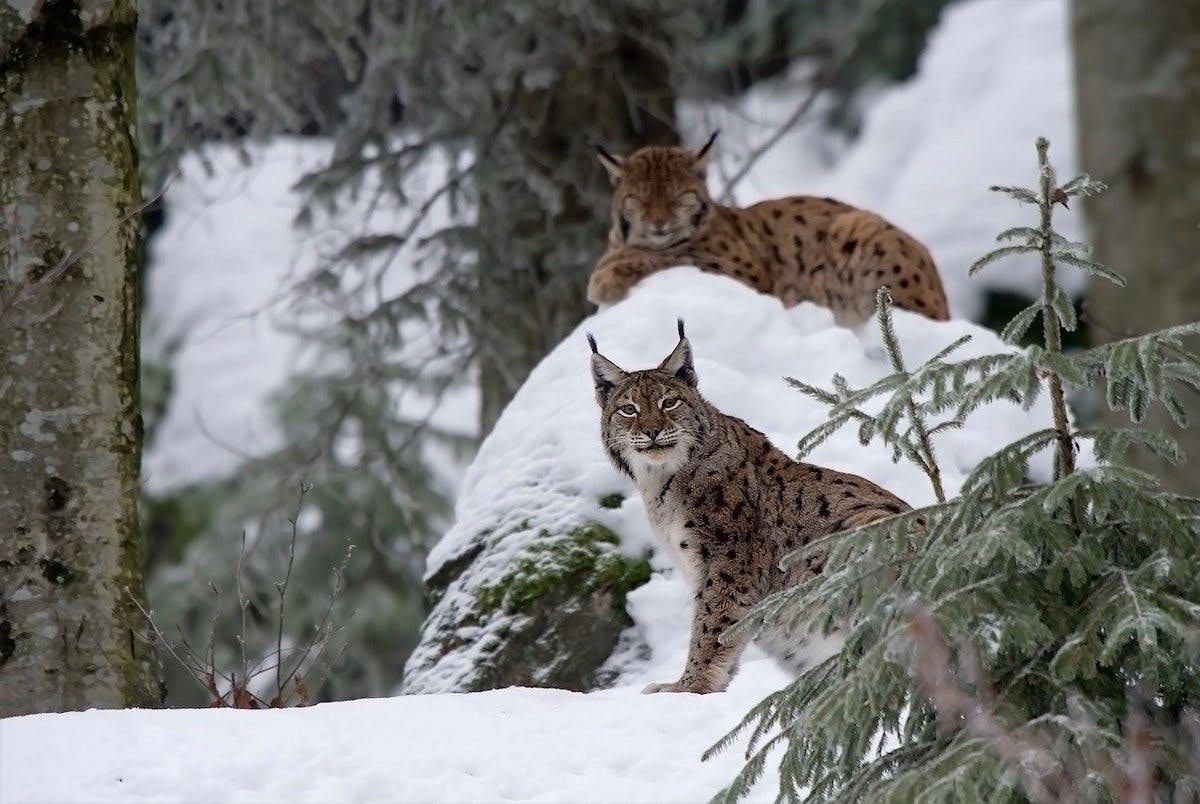

Take action now
Do you want to have a direct impact on climate change? Sir David Attenborough said the best thing we can do is to rewild the planet. So we run reforestation and rewilding programs across the globe to restore wild ecosystems and capture carbon.
Get involvedThe benefits of Rewilding in Britain
The benefits accrued from a rewilded landscape can be felt by us, as well as nature itself. When nature is healthy, it can provide us with abundant products and services, from food and medicine to flood defences and cool air. Greater woodland cover in Britain will help fight global climate change, stabilise soils and prevent flooding. Restored peatlands will also capture carbon and store water. Richer landscapes could provide rural communities economic opportunities through things like wildlife-based tourism. It might also makes us feel better too. Connecting with nature is good for our mental and physical health. Of course, it's good for the non-human animals that inhabit our earth too.
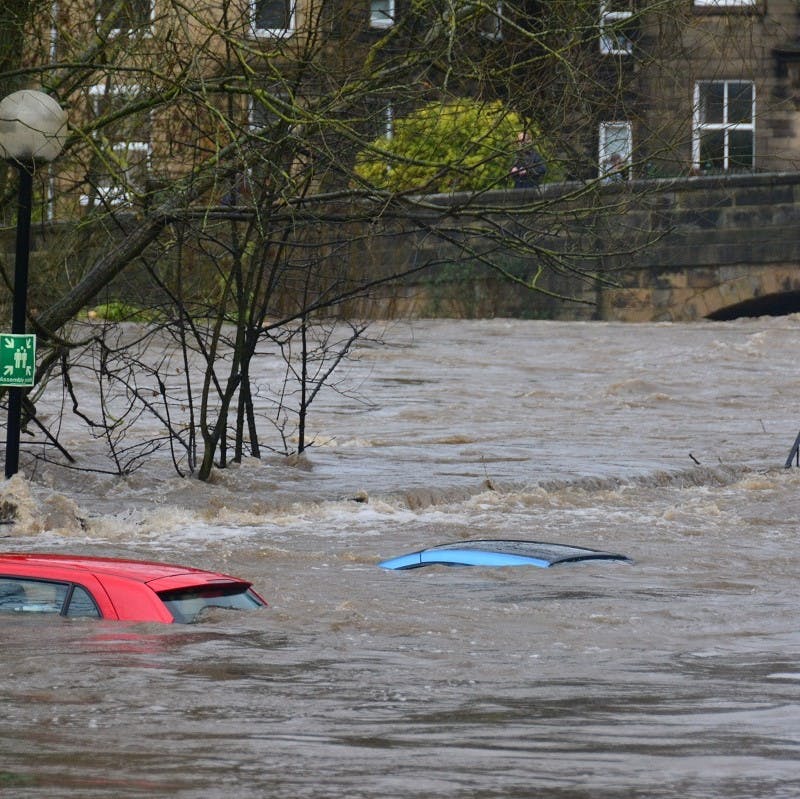
Success stories in Britain
There is an ever increasing list of ambitious rewilding projects. Large-scale habitat restoration is being driven by the likes of Cairngorms Connect, Trees for Life and the John Muir Trust. Pine martens are returning to England at the hands of the Vincent Wildlife Trust, while the Roy Dennis Wildlife Foundation has helped red squirrels, ospreys, white-tailed eagles and more reclaim former haunts.
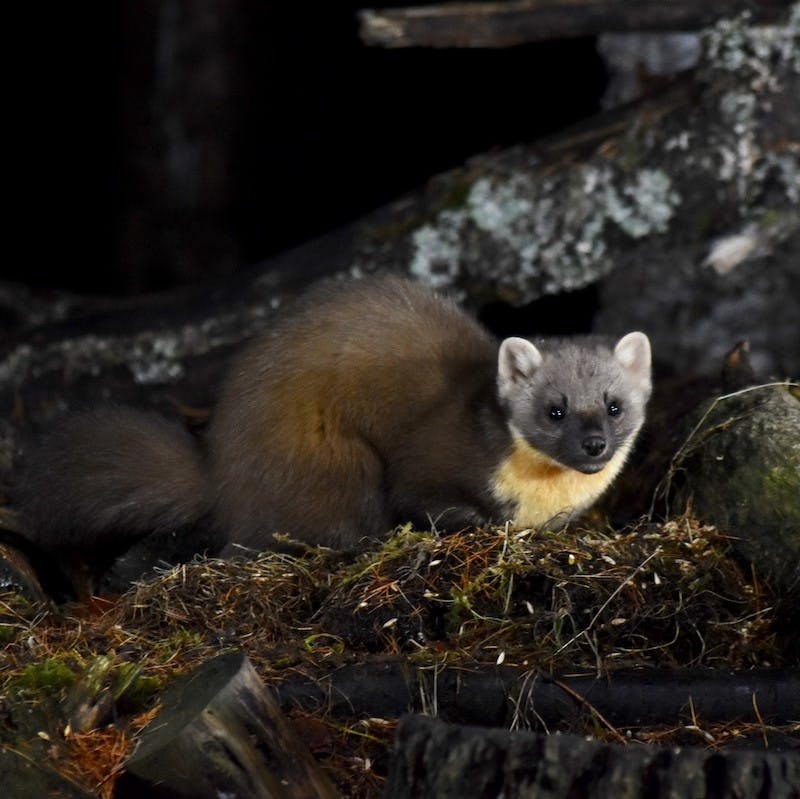
Mossy Earth’s rewilding projects in Britain
To date, we have planted several thousand trees to help restore the Caledonian pinewoods of the Scottish Highlands. There, we’ve also constructed two eagle nest platforms to support the breeding of native golden and white-tailed eagles, so they can once again preside over the ancient pinewoods from their regal nests in the canopy. We are also in the process of supporting the monitoring of Atlantic salmon to identify key barriers on their grueling migration upriver and developing a project to translocation mountain hares to boost an isolated and dwindling population.
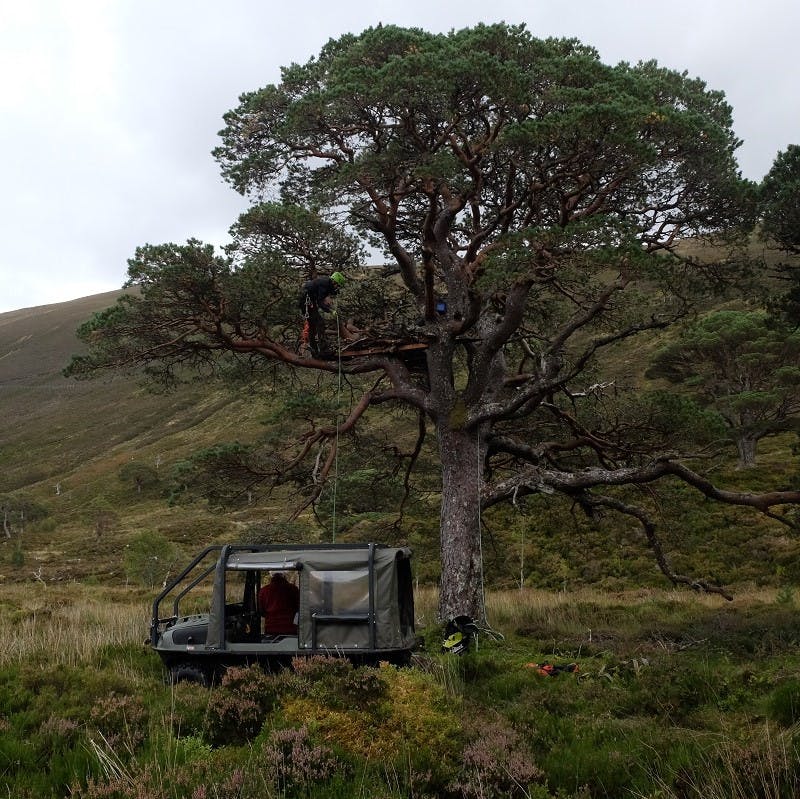

Unsuccessful rewilding projects in the UK
Things do not always go to plan of course. Several unsuccessful applications have been made to reintroduce lynx to Britain, with little progress. Among criticisms was a lack of consultation with important stakeholders, not least the local communities of the proposed release sites. The success of rewilding projects often hinges upon social factors as much as ecological ones. Without proper consultation with those who are likely to be affected, negative attitudes towards rewilding are likely to pose significant challenges to ambitious potentially controversial projects.
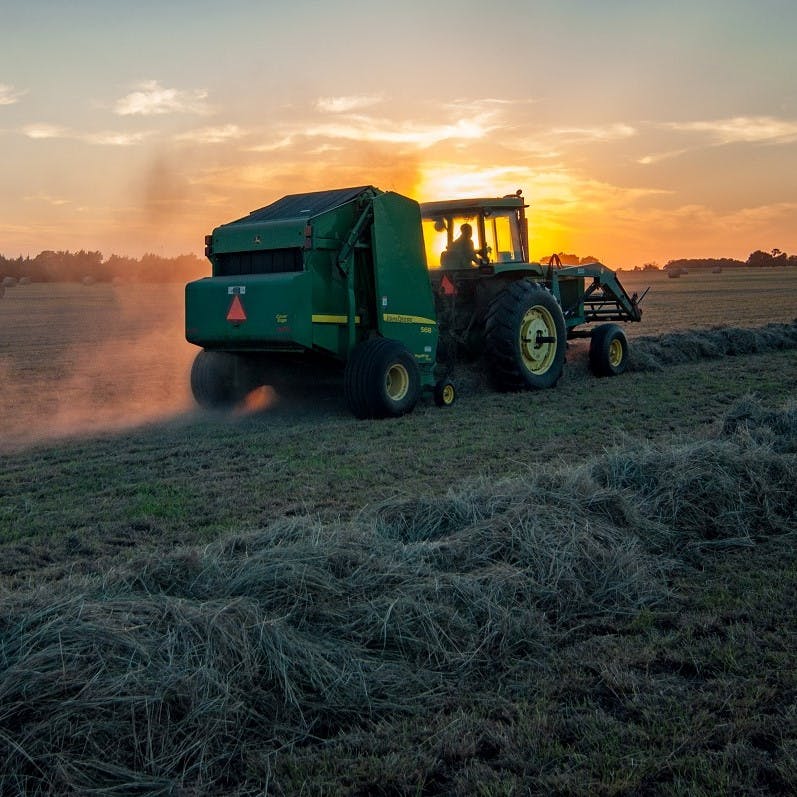
As an individual, how can I get involved in rewilding Britain?
There are endless opportunities for you to personally engage in rewilding, whether it is growing a wildlife friendly garden of native wildflowers, writing to local councils to leave roadside verges uncut, or volunteering at your local wildlife trust or green space. You could also support one of the conservation organizations mentioned above working to restore Britain’s degraded habitats and conserve our threatened wildlife. Alternatively, you could join the Mossy Earth membership to contribute monthly to rewilding landscapes and conserving species in Britain and beyond.
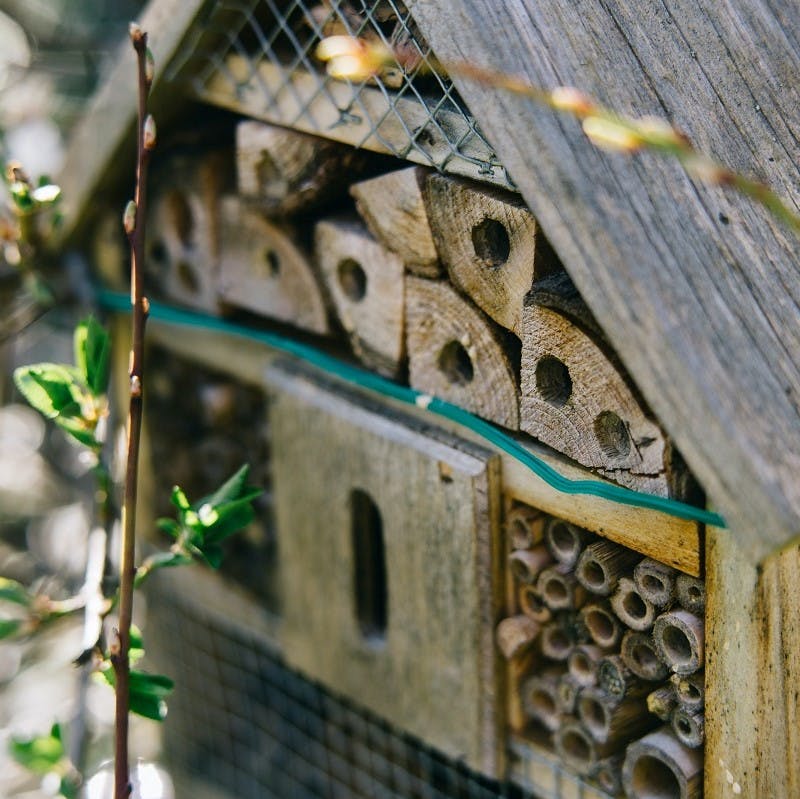
Rewilding in Britain, the future
There are incredibly ambitious large-scale habitat restoration and species conservation currently underway in Britain. As these continue, Britain will continue to feel wilder with large expanses of healthy habitat and flourishing species of wildlife and flora. At the same time, wilderness is returning to the concrete world of villages, towns and cities with roadside verges becoming increasingly rich in insect life and gardens home to urban foxes and badgers. In a rewilded Britain, the boundary between the human and natural world will be harder to find.
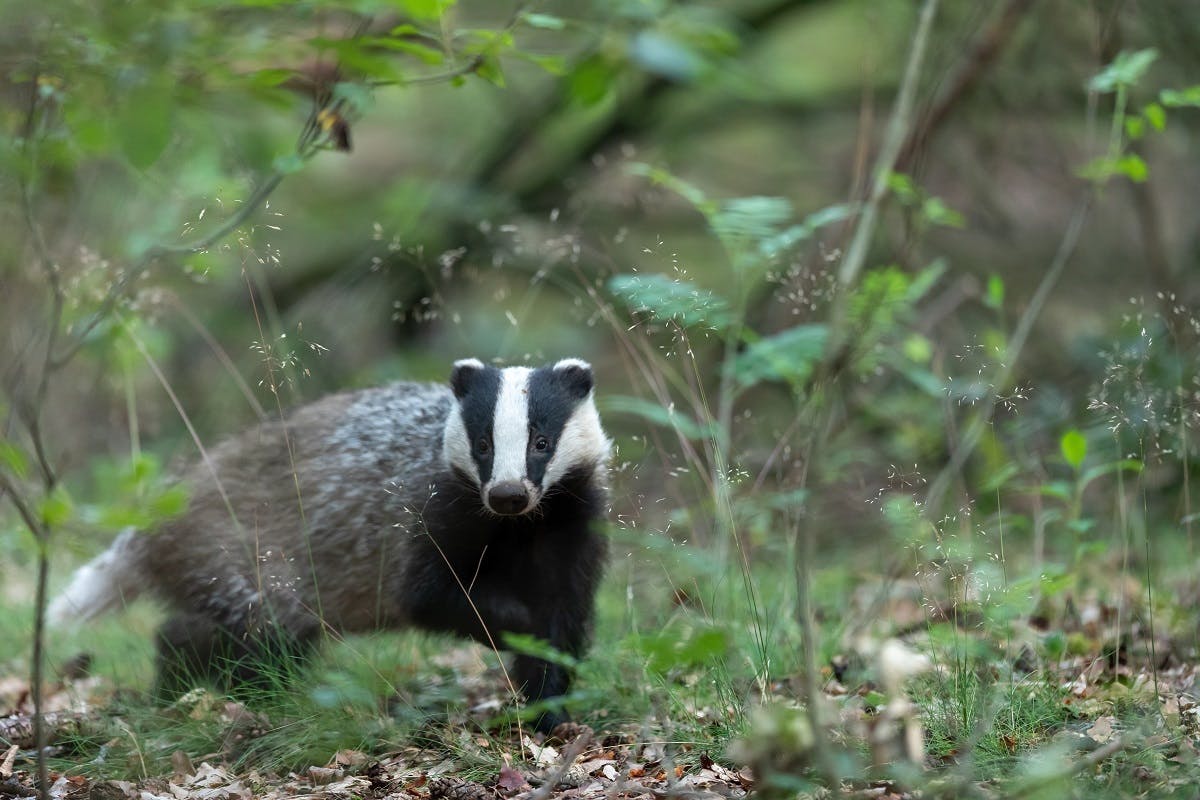
Glossary of terms
Ecosystem - A community of biological organisms such as animals, plants, fungi and how they interact with one other and the environment they live in. An ecosystem has biological, physical and chemical components and come in endless forms.
Denuded - This is when all trees or natural covering on a landscape is removed. This leaves the ground exposed and vulnerable as well as removes habitat opportunities for local wildlife.
Regeneration - When we talk about regeneration, we refer to the natural (or sometimes artificial) replanting of native forests. It is the re-growing of trees, where trees used to be. It’s preferable to stand back and let nature take its course although if the area has been heavily exploited, manual planting and extra care will be necessary to ensure growth.
Mesopredators - “A mid-ranking predator”, these are not eagles or bears, nor are they shrews or earthworms but somewhere in the middle. Mesopredators can be crows, foxes and skunks. In trophic cascades, and the absence of apex predators, we can see an overabundance of mesopredators as they are not being predated upon.
Nest Platforms - They are (usually) large areas built high from the ground, specifically designed to provide a safe breeding space for endangered birds. Materials such as sticks, twigs, leaves, as well as inorganic human materials. The construction and materials depend on the species of bird the nest is for
Translocation - This is where an animal (or plant or soil) is transferred from one location, to another. This can be for various reasons which include, establishing a new population or for the safety of the animal who may need medical treatment. They can be quite difficult and often require a range of stages that must be backed by science to ensure success and minimize stress on the animal.
Sources & further reading

- “Rewilding Ireland” - Mossy Earth
- “Rewilding Scotland” - Mossy Earth
